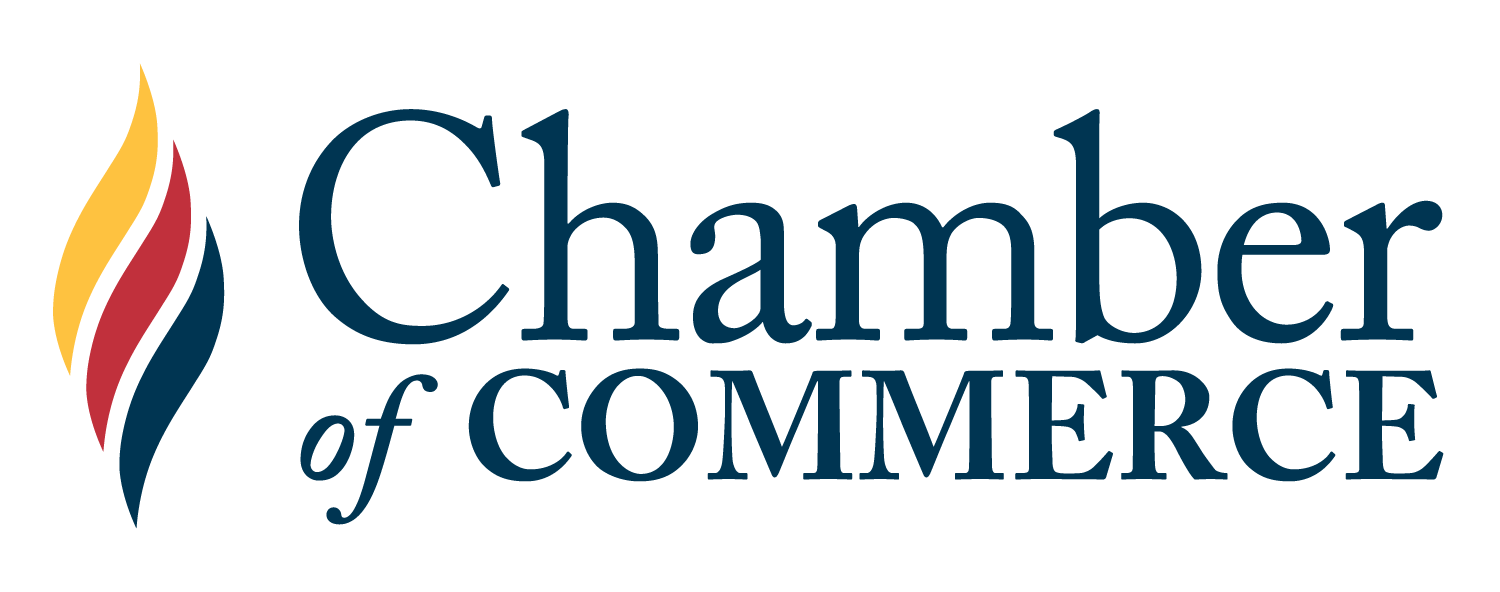Educate and Foster Entrepreneurship Through MicroSociety (Co-Sponsored)

Educate and Foster Entrepreneurship Through MicroSociety (Co-Sponsored)
Workforce Development - Provincial Policy
Sponsor: Red Deer
Co-Sponsor: Medicine Hat
Issue
The MicroSociety program is underutilized, yet an incredibly effective learning tool that helps students develop invaluable skills resulting in higher student engagement and grades.
Background
MicroSociety create learning environments in grades K-12 allowing students to apply classroom knowledge to a real-world setting. The MicroSociety learning environment offers students authentic, hands-on learning through the creation and experience of dynamic miniature societies, reinforced by educators with classroom curricula. Schools include government, entrepreneurial hub, non-profits, and marketplaces all created and managed by students and facilitated by teachers.
Students are the MicroSociety government, their bankers, police, store managers/owners, clerks, accountants. They pass laws on taxation, they borrow money to buy a business, they apply for jobs and they hire and fire others. They create and their own goods and services, contribute to community service projects (local charities), and are responsible for solving their own problems. They do job evaluations, bookkeeping and profit-loss graphing, followed by analysis.
Schools that have chosen to institute a MicroSociety program have seen significant improvements in attendance, student engagement, and the grades of participating students. Aspen Heights Elementary School in the City of Red Deer was struggling with a shrinking student population, along with poor attendance and student grades.
After initiating the program in 2009, Aspen Heights Grade Three Provincial Achievement tests went from 64% acceptable and 5% excellent in 2009-2010 to 92% acceptable and 16% excellent in 2011-2012. Discipline referrals to administration dropped from 55 in 2009-2010 to 14in 2011-2012. The school also sees higher than average student and parent satisfaction and higher attendance. The percentage of parents, teachers and students who are satisfied that students model the characteristics of active citizenship was 96% at Aspen Heights compared to 80% average in the Red Deer School District and 82.5% provincially.
Aspen Heights has been the recipient of a number of education awards including the Ken Spencer Award for Innovation in Teaching and Learning (2017) and the Alberta Emerald Foundation Award for Environmental Excellence (2017). Aspen Heights was able to replicate similar success stories seen across 251 schools in the United States. Despite the success of the program, there are only 3 schools in all of Alberta utilizing a MicroSociety model.
Alberta Education outlines several core competencies by The Three E’’s; engaged thinkers, ethical citizens, and entrepreneurial spirits. Those core competencies include critical thinking, problem solving, managing information, creativity and innovation, communication, collaboration, cultural and global citizenship, and personal growth and well-being. Students show strong development in the areas of mental health, resiliency, confidence, and financial literacy. Educators and parents have described the MicroSociety Program as being an excellent tool in helping students foster and develop these essential skills. Skills that are key to student’s future success.
In an analysis comparing 13 MicroSociety and 13 regular schools in Florida with similar demographics, the MicroSociety schools consistently and significantly outperformed in reading and math with the gap expanding over time.13Beyond exceeding standards at basic subjects, students also gain invaluable experience solving real world problems. “During Micro-Time, students often counter unanticipated and messy problems -settling a contractual dispute among students, figuring out how to turn around an unprofitable business, writing and then effectively enforcing legislation to reduce bullying -are dynamic dilemmas which provide opportunities for students to apply their school learning in authentic contexts.
While MicroSociety models do come with some marginal training costs and involve a degree of complexity to initially set up and administer, the program provides a significant net benefit through its ability to attract and retain students while fulfilling and exceeding curriculum requirements.
Recommendation
The Alberta Chambers of Commerce recommends the Government of Alberta:
1.Work with MicroSociety to develop and distribute a guide and toolkit for schools that want to have a MicroSociety
2.Encourage Alberta school boards to create MicroSocieties in k-8 schools across the province with the goal of at least 1 per district by 2025.
Resources
“MicroSociety,” https://en.wikipedia.org/wiki/MicroSocietyWikipedia. 10 February 2018.
“MicroSociety”, Aspen Heights Powerpoint Presentation. February 23, 2018
“Red Deer school puts society under the microscope,” https://www.teachers.ab.ca/Publications/ATA%20News/Volume%2049%202014-15/Number-5/Pages/Red-Deer-School.aspxAlberta Teachers Association. 10 February 2018.
“Data from 13 MicroSociety and 13 Control schools,” http://www.microsociety.org/outcomes-2/David Kutzik and Associations (2005.)
“Solving Real World Problems,” http://www.microsociety.org/how-we-fit/MicroSociety 12 Feburary 2018.
Date Approved: May 2018
Date Renewed: May 2021
